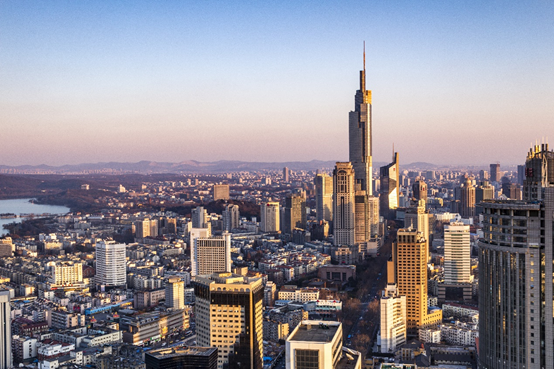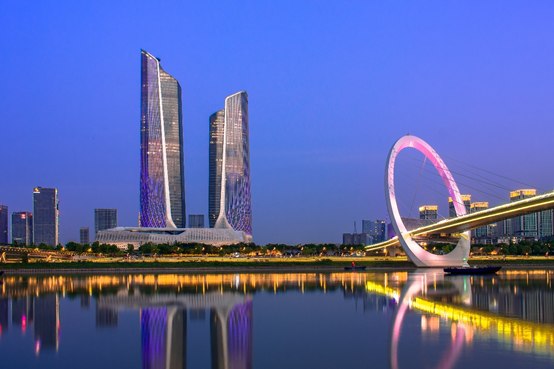Nanjing
Nanjing, known as Jinling before, is the capital of Jiangsu province and the second largest city in eastern China (after Shanghai). With 11 districts, Nanjing, which is located in southwestern Jiangsu, has an administrative area of 6,600 km2 and a total recorded population of 9,314,685 as of 2020. The city whose name means ‘‘Southern Capital’’ has a prominent place in Chinese history and culture, having served as the capitals of various Chinese dynasties, kingdoms and republican governments dating from the 3rd century CE to 1949. It has many important heritage sites, including the Presidential Palace and Sun Yat-sen Mausoleum. Nanjing is famous for human historical landscapes, mountains and waters such as Fuzimiao, Ming Palace, Chaotian Palace, Porcelain Tower, Drum Tower, Stone City, City Wall, Qinhuai River, Xuanwu Lake and Purple Mountain. Key cultural facilities include Nanjing Library, Nanjing Museum and Jiangsu Art Museum, which attracts thousands of tourists every year.
Nanjing has many high-quality universities and research institutes, with the number of universities listed in 100 National Key Universities ranking third, including Nanjing University which has a long history and is among the world top 10 universities ranked by Nature Index. The ratio of college students to total population ranks No.1 among large cities nationwide. Nanjing has the eighth-largest scientific research output of any city in the world and has been regarded as one of the world's top three scientific research centers in chemistry (behind Beijing and Shanghai), according to the Nature Index.



